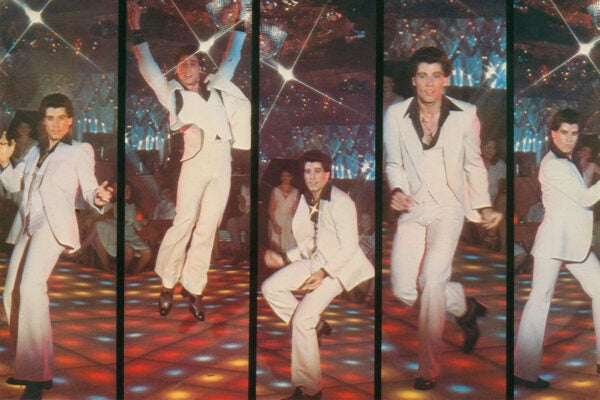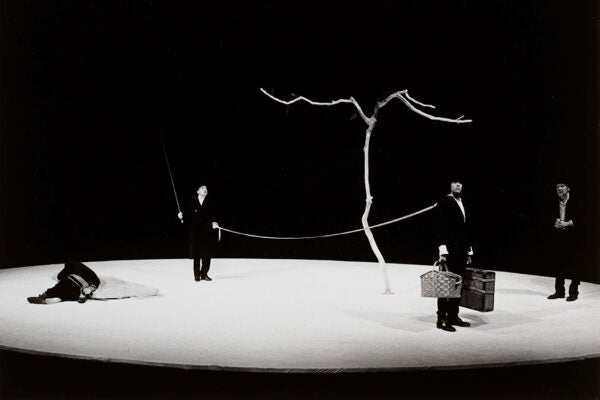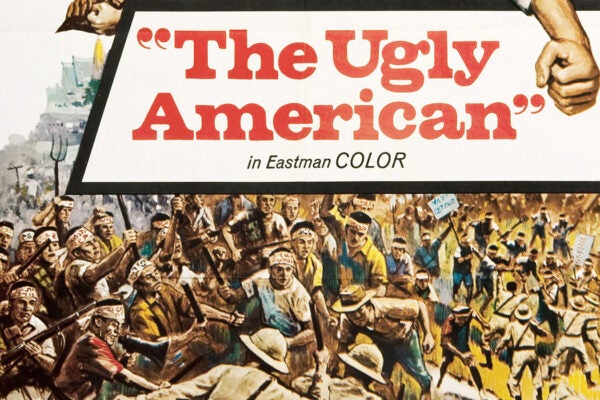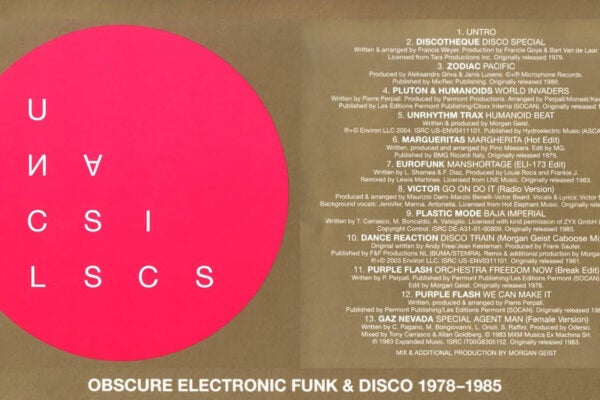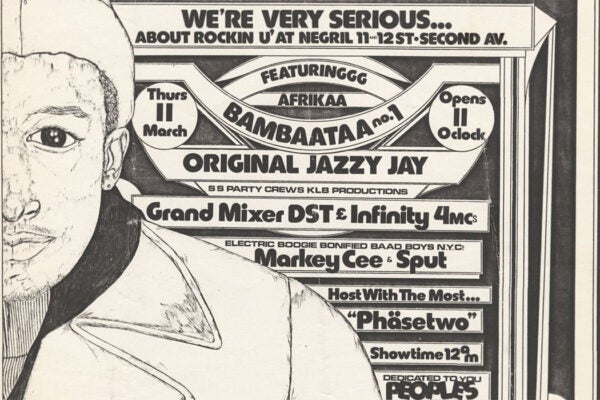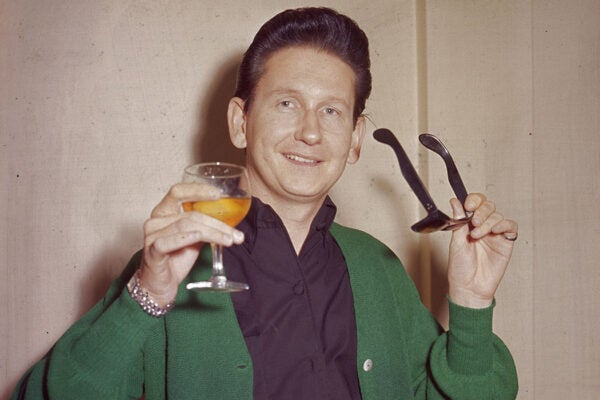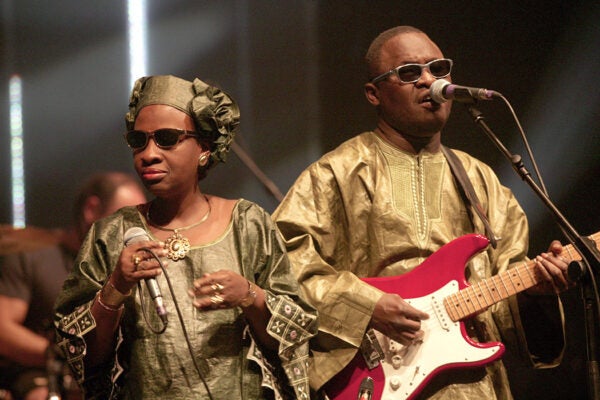Disco and Classical Music: A Copacetic Couple
Despite seeming like strange dance partners, disco and classical make the best music—together.
German Song in America
In the late 1800s, German American singing festivals united German immigrant communities and brought new kinds of cultural activities to the United States.
How Hungary’s Hard Rock Became Hard Right
Punk and hard rock—or at least extremist, right-wing versions of them—are alive and well in post-Cold War Hungary.
The Geographical Misdirection of Cold War B-Movies
Some American Cold War films meant to allude to the contested theater of Vietnam were filmed in Thailand or the Philippines. Why the positional shenanigans?
Quebec Disco: Influenced by Italo Disco?
Ostensibly developing on continents apart, the sounds Quebec Disco and Italo Disco exhibited an identifiable sonic kinship.
Mashup at the Intersection of Deco and Hip-Hop
Archived at Cornell University, a collection of flyers promoting dance-inspiring DJ sets in the Bronx established the visual identity of a new cultural era.
Lady Gaga’s Return to Form
With Mayhem, Lady Gaga offers (again) utopia on the dance floor—but is there anyone left in the club to experience it?
How Roy Orbison’s Repertoire Shaped David Lynch’s Films
Drawing on the nostalgic feelings evoked by Orbison's music, Lynch added new layers to the cinematic traditions of film noir.
